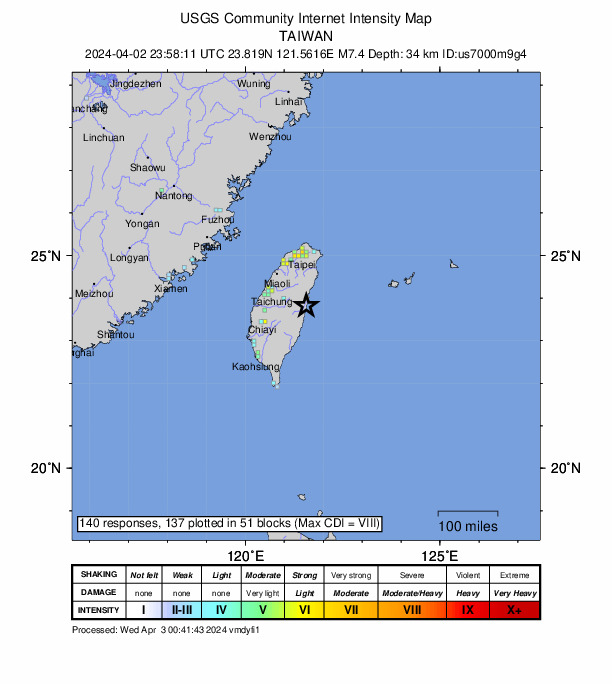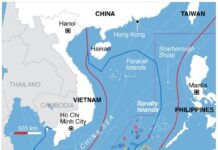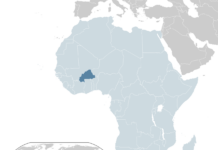Earlier today, Taiwan was rocked by its most severe earthquake in more than twenty years, a 7.2 magnitude quake that caused the deaths of four individuals, injured hundreds, and inflicted extensive damage to structures across the island. The quake’s center was off Taiwan’s lightly populated east coast, notably near Hualien county, which bore the brunt of the disaster’s impact.
The quake occurred early in the morning, catching many residents unprepared and leading to widespread alarm and disruption. Many buildings were left in precarious positions, and the quake caused damage to infrastructure such as landslides and road damage, making rescue operations difficult and leaving 77 people trapped in debris. Despite the turmoil, the resilience shown by the Taiwanese population and the prompt action of emergency services were prominently visible.
Taiwan, known as a global center for semiconductor production, saw an evacuation of production lines at the Taiwan Semiconductor Manufacturing Co (TSMC), the premier contract chipmaker in the world. The company later announced that its safety mechanisms were functioning properly and that employees were starting to return to their duties, highlighting the potential impact of such natural calamities on international supply chains.
The earthquake triggered tsunami alerts in surrounding areas like southern Japan and the Philippines, which were subsequently revoked without any tsunami-related destruction occurring. The global community remained alert, aware of the susceptibility of the region to such seismic activities and their possible extensive repercussions.
In response to the disaster, Taiwanese leaders, including the incoming president, made visits to the areas hit hardest to evaluate the damage and organize relief efforts. The national response also included the suspension of train and subway services across the island to prioritize public safety, highlighting the extensive measures enacted following the earthquake.
Despite the initial shock and disruptions caused by the earthquake, life on the island started to return to normalcy relatively swiftly, emphasizing Taiwan’s readiness and prior experience in managing earthquakes. The island’s well-established infrastructure and emergency response plans, refined through years of seismic activity, were instrumental in lessening the quake’s effects.
The international response was one of unity, with many offering support and aid. The event also brought to light the constant need for alertness and readiness in areas prone to earthquakes. Taiwan’s handling of the earthquake is a reminder of the critical nature of investing in durable infrastructure and emergency preparedness to safeguard lives and sustain essential services in times of natural disasters.
In the wake of the earthquake, the emphasis has shifted to recovery and reconstruction, with authorities and residents uniting to mend the damages and support the affected. While the event was distressing for many, it also demonstrated the strength and cohesion of the Taiwanese community in adversity.
Reflecting on the earthquake and its aftermath, the incident acts as a stark reminder of the continuous risks posed by natural disasters and the necessity of readiness, resilience, and community cooperation in addressing these challenges.
Image is in the public domain and was created by USGS.








